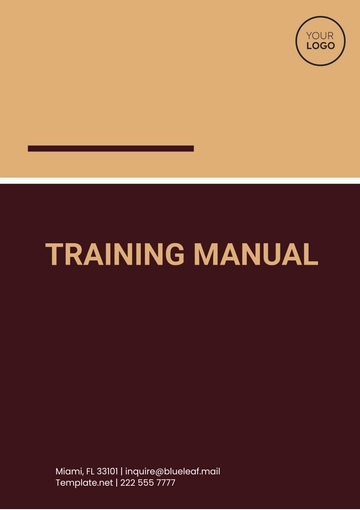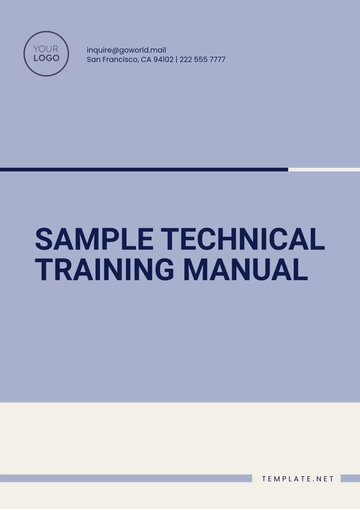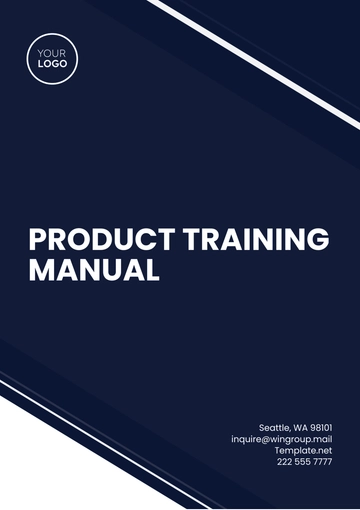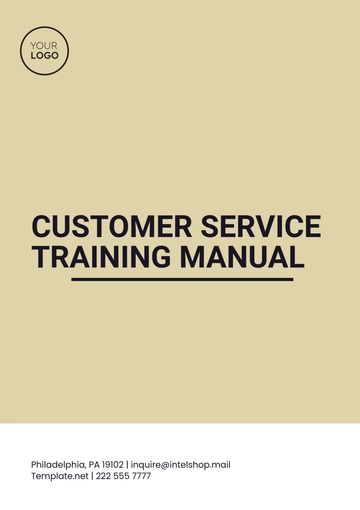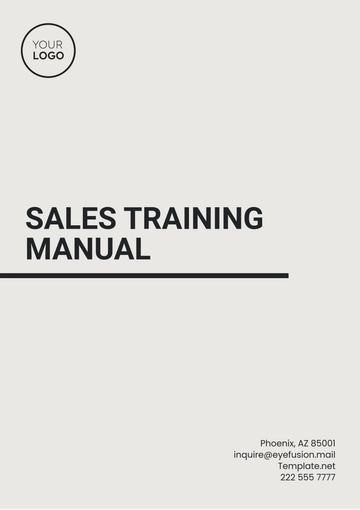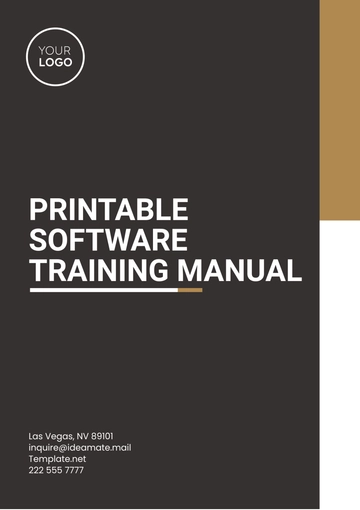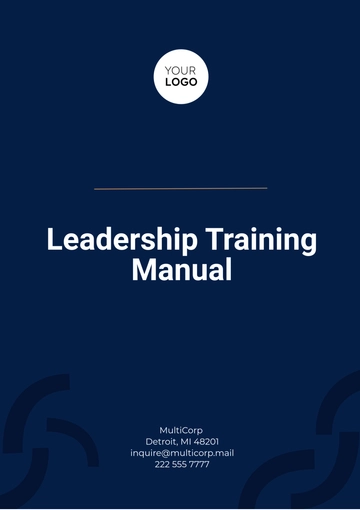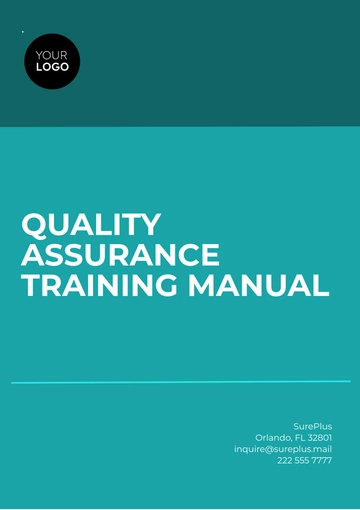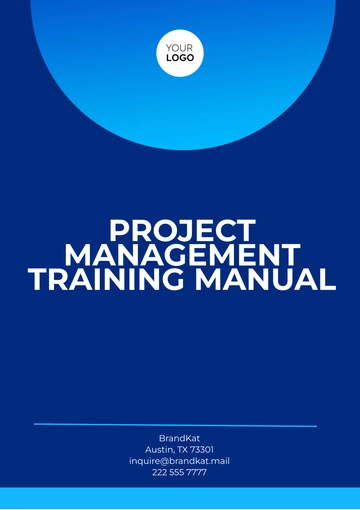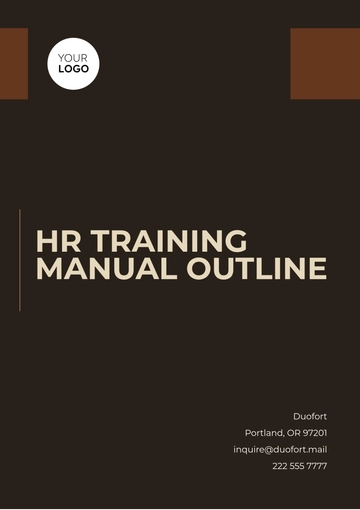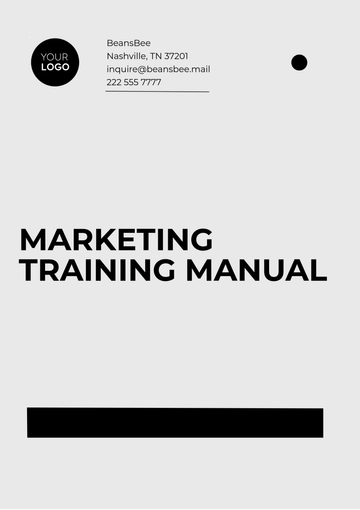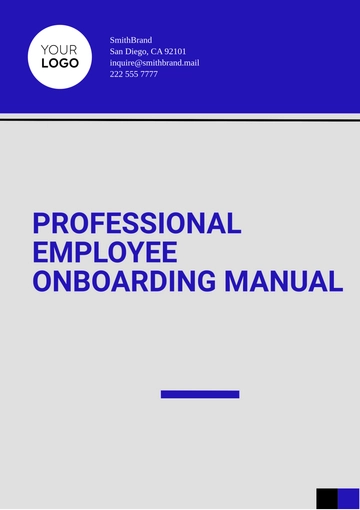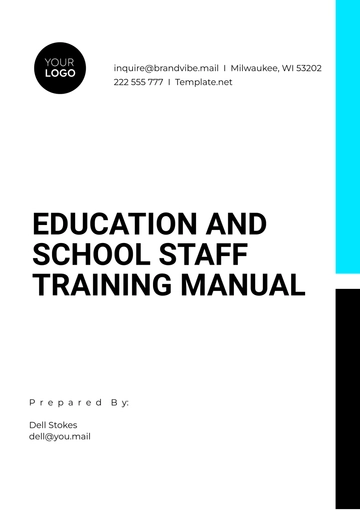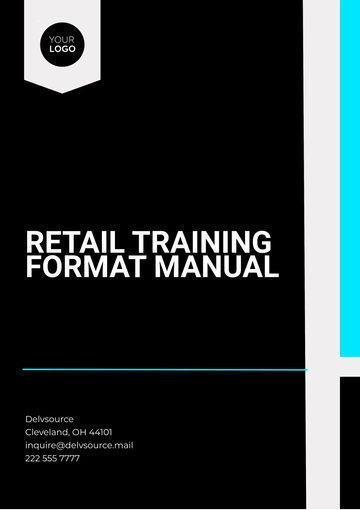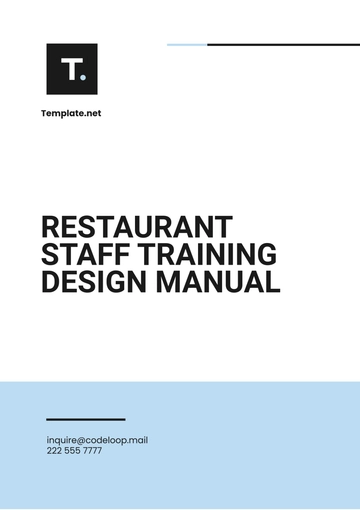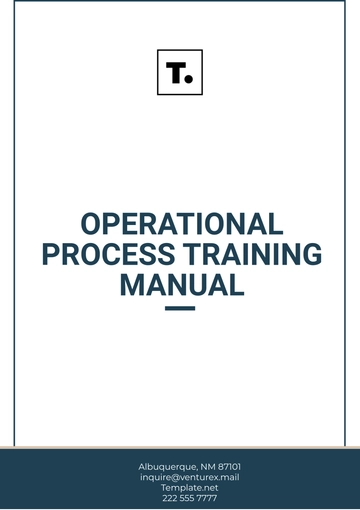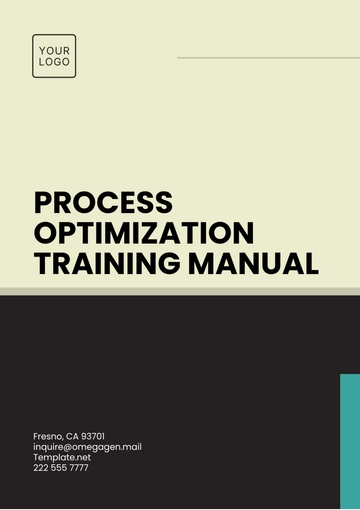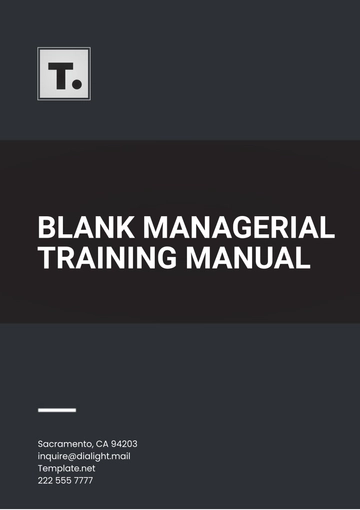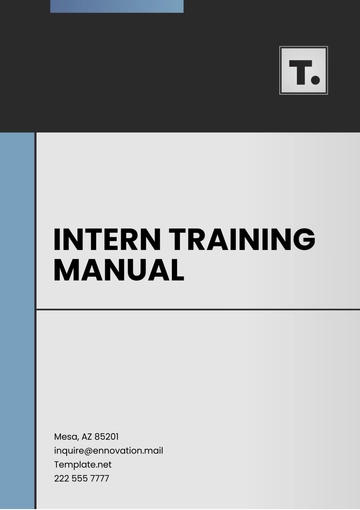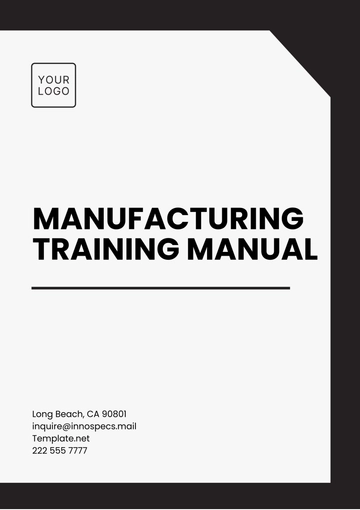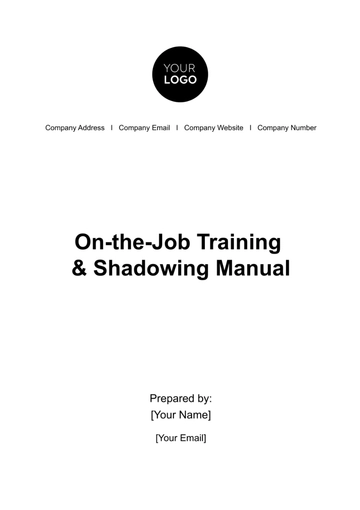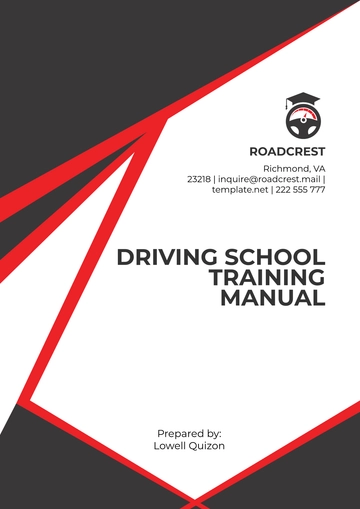Free Teacher Training Manual

Name: | [YOUR NAME] |
|---|---|
Company: | [YOUR SCHOOL NAME] |
Department: | [YOUR DEPARTMENT] |
Date: | [CURRENT DATE] |
I. Introduction to [YOUR SCHOOL NAME] Teacher Training Program
Welcome to the [YOUR SCHOOL NAME] Teacher Training Program! This manual is designed to provide comprehensive guidance and support for educators participating in our training sessions. Our aim is to empower teachers with the necessary skills and knowledge to enhance their teaching practices and ultimately improve student outcomes. Throughout this program, you will engage in interactive sessions, hands-on activities, and collaborative discussions to deepen your understanding of effective teaching methodologies.
II. Preparation for Training
Before attending the training sessions, it is essential to prepare adequately to make the most out of the experience. Here are some steps to ensure a smooth transition into the program:
Familiarize yourself with the training objectives outlined in the curriculum.
Review any pre-training materials provided to you.
Reflect on your current teaching practices and areas you wish to improve.
Set personal goals for the training program to guide your learning journey.
Ensure access to necessary resources and materials required for the sessions.
III. Curriculum Overview
The curriculum is designed to address key aspects of teaching and learning, including pedagogical approaches, assessment methods, and classroom management techniques. Each module is carefully crafted to align with [YOUR SCHOOL NAME]'s educational philosophy and goals. The curriculum will cover:
Theoretical foundations of teaching and learning.
Practical strategies for effective instruction.
Differentiated instruction to meet diverse student needs.
Utilization of educational technology tools.
Assessment practices to monitor student progress.
IV. Teaching Techniques and Strategies
Effective teaching requires a diverse range of techniques and strategies to engage students and facilitate learning. In this section, we will explore some of the key strategies that will be covered in the training program:
Active Learning: Encouraging student participation through discussions, group work, and hands-on activities.
Differentiated Instruction: Tailoring instruction to meet the individual needs and learning styles of students.
Scaffolded Instruction: Breaking down complex concepts into smaller, more manageable tasks to support student learning.
Collaborative Learning: Fostering collaboration among students to promote peer learning and teamwork.
Inquiry-Based Learning: Guiding students to ask questions, explore concepts, and develop critical thinking skills.
V. Assessment and Evaluation
Assessment is an integral part of the teaching and learning process, providing valuable feedback to both teachers and students. In this section, we will explore various assessment methods and strategies:
Formative Assessment: Ongoing assessments conducted during the learning process to monitor student progress and provide feedback for improvement.
Summative Assessment: Assessments conducted at the end of a unit or course to evaluate student learning outcomes.
Rubrics and Grading Criteria: Establishing clear criteria for assessing student work and providing consistent feedback.
Alternative Assessments: Exploring non-traditional assessment methods such as portfolios, projects, and presentations.
Data-Driven Decision Making: Using assessment data to inform instructional decisions and tailor teaching strategies to meet student needs.
VI. Classroom Management
Effective classroom management is essential for creating a positive and productive learning environment. In this section, we will discuss strategies for managing classroom behavior and promoting a supportive learning environment:
Establishing Clear Expectations: Communicating classroom rules and expectations to students to set a positive tone for learning.
Positive Reinforcement: Recognizing and reinforcing positive behavior to motivate students and promote a culture of respect and cooperation.
Proactive Strategies: Anticipating and addressing potential challenges before they escalate, such as implementing classroom routines and procedures.
Conflict Resolution: Equipping teachers with strategies for resolving conflicts and addressing behavior issues in a constructive manner.
Cultural Competence: Recognizing and valuing diverse perspectives and experiences to create an inclusive classroom environment.
VII. Technology Integration
Technology plays a crucial role in modern education, offering innovative tools and resources to enhance teaching and learning experiences. In this section, we will explore ways to integrate technology effectively into the classroom:
Interactive Whiteboards and Multimedia Tools: Leveraging interactive whiteboards, projectors, and multimedia resources to deliver engaging lessons and enhance visual learning.
Digital Learning Platforms: Exploring online platforms and learning management systems to facilitate communication, collaboration, and resource sharing among students and teachers.
Educational Apps and Software: Identifying and integrating educational apps and software that support learning objectives and enhance student engagement.
Blended Learning Models: Combining traditional face-to-face instruction with online learning activities to provide flexibility and personalized learning experiences.
Digital Citizenship: Educating students about responsible and ethical use of technology, including topics such as online safety, digital literacy, and cyberbullying prevention.
VIII. Resources and Support
As you embark on your journey to enhance your teaching practices, [YOUR SCHOOL NAME] is committed to providing you with the resources and support you need to succeed. Here are some avenues for assistance:
Professional Development Workshops: Participate in ongoing professional development workshops and training sessions to expand your knowledge and skills.
Mentorship Programs: Connect with experienced educators who can provide guidance, support, and mentorship as you navigate your teaching journey.
Resource Libraries: Access a wealth of teaching resources, lesson plans, and instructional materials available through [YOUR SCHOOL NAME]'s resource libraries.
Technology Support: Receive technical assistance and troubleshooting support for integrating technology into your teaching practices.
Community Engagement: Engage with fellow educators through online forums, discussion groups, and networking events to share ideas, collaborate, and learn from each other.
IX. Conclusion
Congratulations on completing the [YOUR SCHOOL NAME] Teacher Training Program! We hope that you have found this manual helpful in guiding your professional development journey. As you continue to implement new strategies and techniques in your teaching practice, remember to reflect on your experiences, seek feedback, and continue your lifelong learning journey. Thank you for your dedication to fostering excellence in education and making a positive impact on the lives of your students.
- 100% Customizable, free editor
- Access 1 Million+ Templates, photo’s & graphics
- Download or share as a template
- Click and replace photos, graphics, text, backgrounds
- Resize, crop, AI write & more
- Access advanced editor
Discover the ultimate resource for educational excellence with the Teacher Training Manual Template from Template.net. Crafted for versatility, this editable and customizable tool empowers educators to tailor training materials effortlessly. Seamlessly modify content using our Ai Editor Tool for a personalized touch that enhances professional development. Elevate teaching prowess today!
